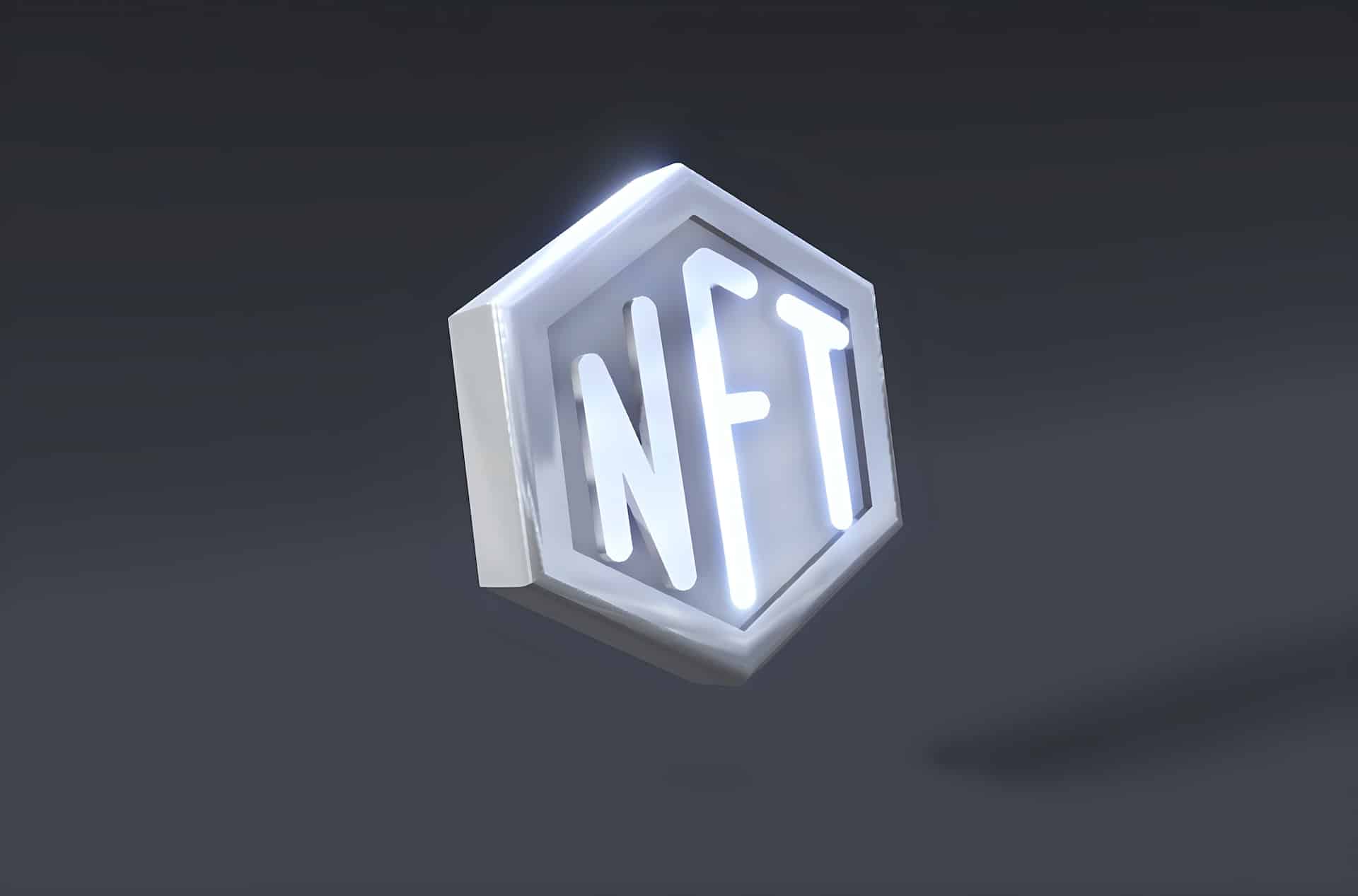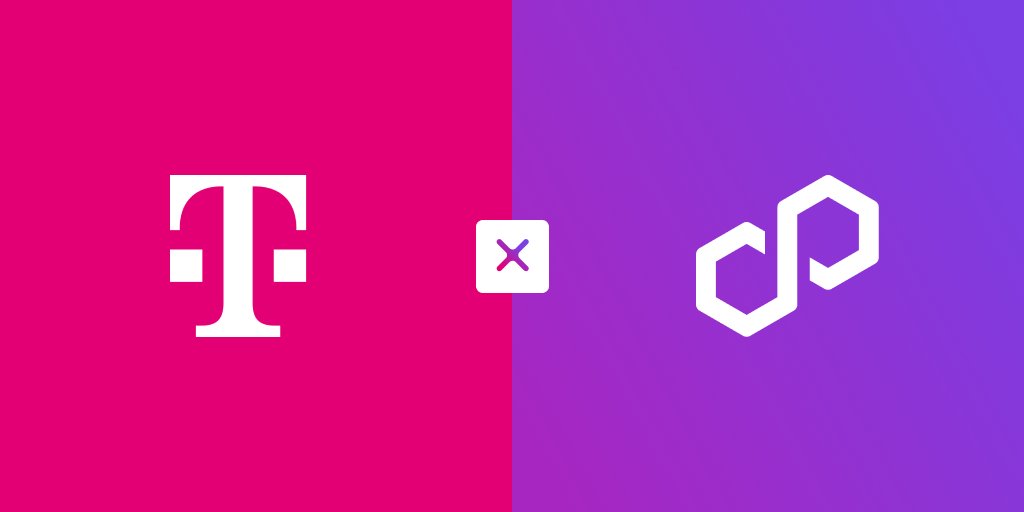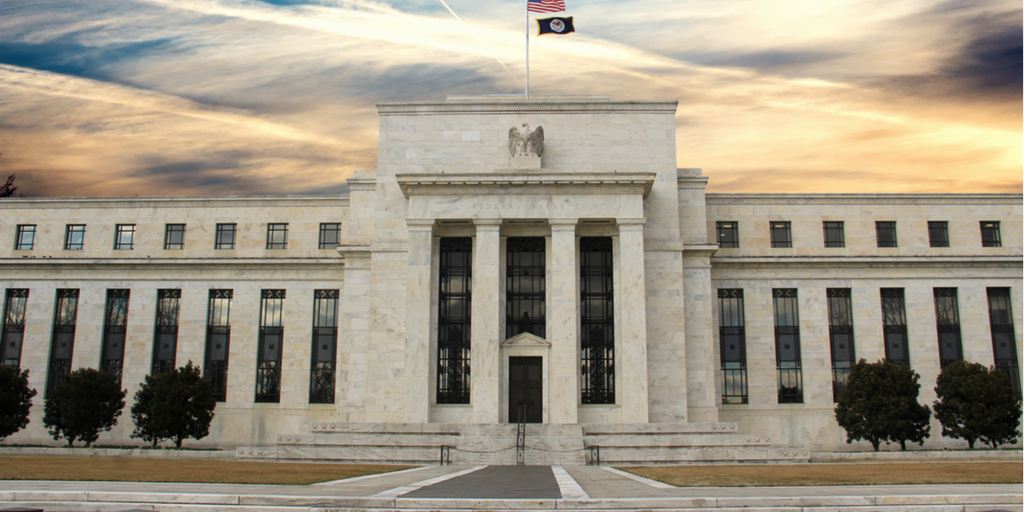Experts explain how music NFTs will enhance the connection between creators and fans

According to Mike Darlington, CEO of Monstercat – an electronic music platform – and Jake Udell, founder of the social NFT platform Metalink, bear markets are a time for ideas and building new products. During this week’s episode of NFT Steeza bi-weekly Twitter Space hosted by Cointelegraph analysts, both Darlington and Udell agreed that the future will be bright for crypto and especially for music-nonfungible tokens (NFT).
During the interview, Darlington and Udell explained the importance of researching projects with “sustainable teams” that continue to build despite current market conditions, and they encouraged investors to learn from the opportunities created at the height of the beef market.
According to Darlington, music NFTs have not necessarily made it a “trend” yet, but he hopes they cement their place in the next bull cycle. In comparison, NFTs for profile pictures (PFPs) are “their own monster”, but NFTs for music can see similar success as NFTs for photography or art.
Creators and societies will benefit from music NFTs
For creators looking to experiment with music NFTs, Darlington suggested that it is first important to discover and understand “why do you want to interact and why do you want to get involved?”
Darlington said that some creators have come to “recognize how devastated the music industry is for artists”, and music NFTs present an opportunity that can provide more sustainability for artists and musicians.
While it is uncertain how sustainable the new landscape will be for artists, the one “rounding truth” and common denominator is that the creators are not “happy with the current model.” There is a willingness to be open to changing the status quo, but this depends on “the format and form in which music NFTs come in,” Darlington explains.
Are music NFTs in a separate genre?
Metalink founder, Jake Udell, alluded to how the level of engagement differs between free and pay-per-use platforms, with users choosing to engage more in platforms in which they have a stake. Creators and users who feel they have invested in the product is more likely to “play more with the product and be more likely to make something out of it,” says Udell.
Interestingly, this dichotomy opens up where users are invested and in turn have the opportunity to experiment for a more dynamic relationship between the listener and the artist instead of listening to music as a “passive” pastime. Whether users care about ownership or really have it matters less in relation to the culture and community created against the increased value the devices now place on digital goods.
According to Udell, the amount of attention the NFT room received over the past year alone led to a “cult-like phenomenon.” Groups are brought together by the common thread of Web3, and although Udell does not believe that “Web3 is necessarily a genre”, it is another way for artists to get into and succeed in expanding their audience.
Interested in learning more about how music NFTs can govern 2023? Do not miss the whole conversation on Twitter spaces. Follow NFT Steez on Twitter every other Friday at 12:00 EST. Be sure to set the alerts and set the alarm!
The views and opinions expressed here are solely those of the author and do not necessarily reflect the views of Cointelegraph.com. Every investment and trade involves risk, you should conduct your own research when making a decision.
























